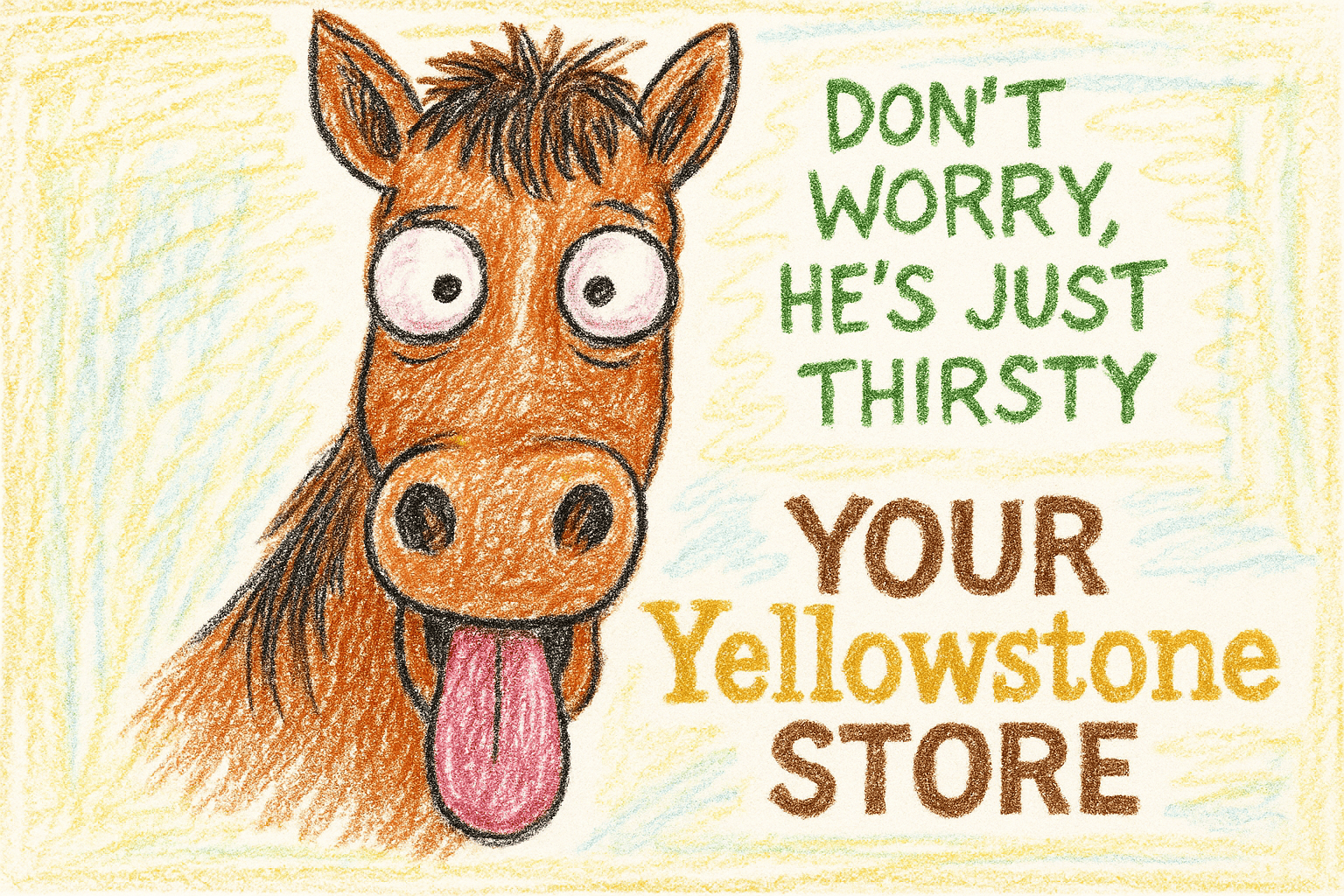How Taylor Sheridan Shaped Yellowstone
Taylor Sheridan Yellowstone is more than just a writing credit—it’s a defining voice behind one of television’s most compelling modern dramas. As the show’s creator and primary writer, Sheridan has built a story world that merges Western tradition with emotional realism. His writing doesn’t just support the series—it defines it. Through layered characters, long-form plotting, and razor-sharp dialogue, Sheridan’s style elevates Yellowstone beyond genre and into the realm of cultural milestone.
Character Depth and Moral Complexity
One of the most striking aspects of Taylor Sheridan Yellowstone storytelling is how deeply he explores character psychology. John Dutton is a patriarch who will cross any line to protect his legacy. Beth is brilliant and wounded, with trauma baked into every insult. Rip is loyal to a fault, but often dangerously so. Sheridan doesn’t write heroes or villains—he writes people. Every motivation is earned, every action steeped in backstory.
Even secondary characters are handled with depth. Jamie’s identity crisis and Kayce’s struggle to reconcile his military past with his family responsibilities reflect Sheridan’s focus on internal conflict. He unfolds these arcs slowly, trusting the audience to sit with ambiguity and watch the layers emerge.
Slow-Burn Plotting and Multi-Season Arcs
Taylor Sheridan’s Yellowstone doesn’t rush its storylines. Conflicts introduced in Season 1, such as land disputes or political tensions, may not pay off for years. But when they do, the result feels inevitable. Sheridan doesn’t spoon-feed viewers—he rewards patience. That’s part of what makes the narrative so immersive and addictive.
Subplots involving the Broken Rock Reservation, Market Equities, and the Dutton family’s fragile alliances aren’t filler—they’re building blocks. Sheridan is a master of foreshadowing, often planting seeds that bloom much later in unexpected, satisfying ways. His long-form storytelling has helped Yellowstone build a fiercely loyal audience.
The Western-SOAP Hybrid That Works
One of the boldest aspects of Taylor Sheridan Yellowstone writing is the fusion of genres. At its heart, the show is a Western—with all the horses, guns, and big skies that come with it. But it’s also a soap opera, rich with betrayal, romance, and family dysfunction. Sheridan embraces both identities unapologetically, crafting a series that’s both familiar and entirely new.
This blend allows Yellowstone to explore weighty themes—legacy, identity, justice—without losing sight of character drama. Land wars and corporate showdowns exist alongside heartbreak and personal reckoning, making every episode emotionally layered and unpredictable.
Dialogue as a Weapon
In Taylor Sheridan’s Yellowstone, dialogue is more than conversation—it’s strategy, threat, and revelation. Beth Dutton’s one-liners land like punches, while John Dutton’s slow, deliberate cadence carries the weight of legacy. Sheridan’s writing doesn’t waste words; every pause, glance, and silence carries narrative weight.
His restraint is just as powerful as his punchlines. Characters speak with purpose, and often it’s what they don’t say that reveals the most. This tight, intentional dialogue pulls viewers closer, building tension without melodrama.
The Lasting Impact of Taylor Sheridan’s Yellowstone
More than just a hit show, Taylor Sheridan Yellowstone is a blueprint for how television can evolve. It revived the Western, gave it emotional intelligence, and built a world that feels lived-in and brutally honest. Sheridan has proven that character-first, long-arc writing still works—if it’s done with care, patience, and unflinching honesty.
Through Yellowstone, Sheridan raised expectations for what a television drama can be. He reminded audiences—and Hollywood—that the Western isn’t dead. It just needed someone brave enough to let it speak slowly, bleed quietly, and matter deeply again.
Previous: Yellowstone Filming Locales
Next: Kevin Costner Yellowstone
